Your Ultimate Guide to Designing a Stunning Pink Garden (Without the Fuss)
Way back when I was just starting out as a garden designer, I landed a client with a very specific dream. She wanted a garden that felt soft, timeless, and deeply personal—the kind of classic cottage garden you see in magazines. The secret ingredient? Pink. Almost entirely pink.
In this article
Honestly, my first thought was, “Isn’t that a little… limiting?” But it turned out to be the most important lesson of my career. When you stick to one color family, you’re forced to get creative. You have to start paying attention to the details that really make a garden sing: the shape of a leaf, the texture of a petal, and the rhythm of blooms opening over the seasons. That project taught me that pink isn’t just one color; it’s a whole spectrum of moods waiting to happen.
I’ve designed countless gardens since then, but I always come back to those early lessons. Pink can be powerful or delicate, warm or cool. It can make a space feel like a peaceful retreat or a vibrant party. This isn’t just about listing pretty flowers. It’s about sharing the practical, down-to-earth knowledge you only get from years of having your hands in the dirt—from the big wins and, yeah, the occasional spectacular failure.
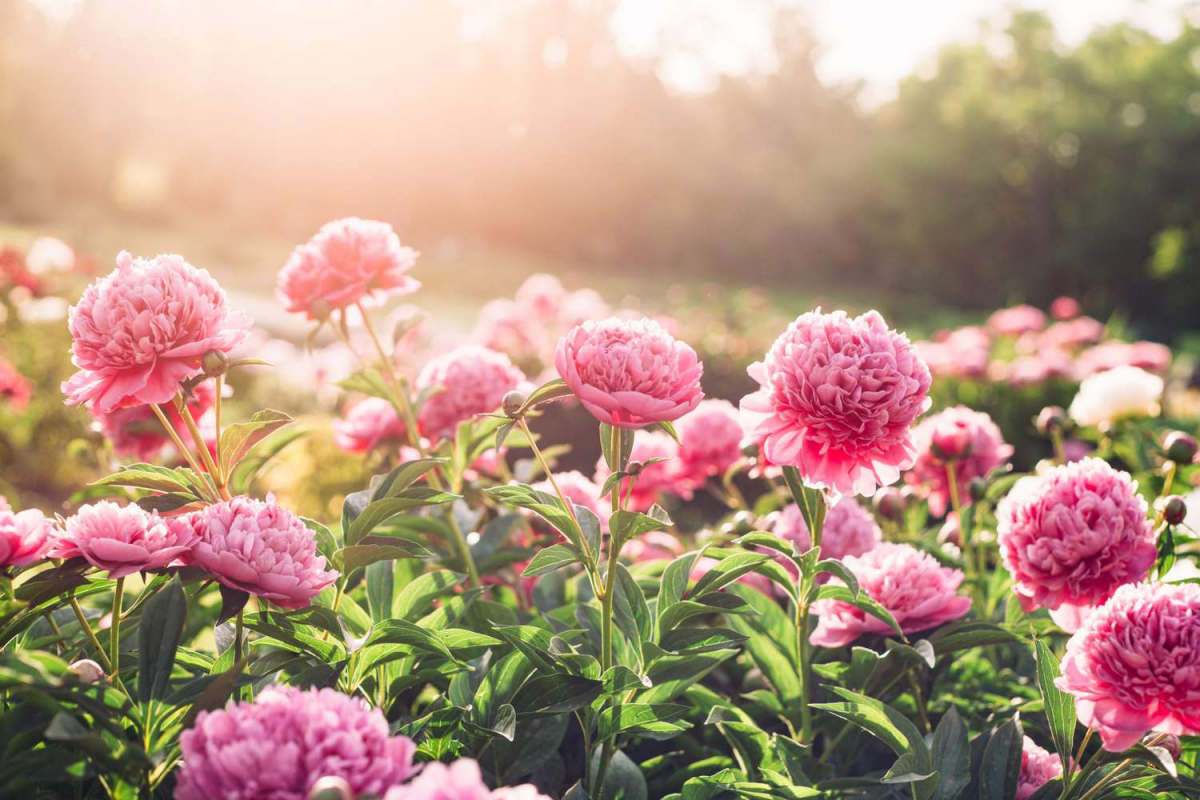
First Things First: Understanding Pink
Before you even think about buying a single plant, let’s talk basics. A gorgeous garden is never an accident. It’s all about smart planning. When you’re working with pink, two things matter more than anything else: its temperature and the dirt under your feet.
Warm Pinks vs. Cool Pinks
Take a closer look at a few pink flowers, and you’ll notice they have different vibes. That’s what designers call color temperature, and it’s the key to creating a look that feels cohesive and intentional.
- Warm Pinks: These are the pinks with a little bit of sunshine mixed in. Think coral, salmon, and peachy tones. They feel energetic and bright, and they look absolutely stunning next to yellows, oranges, and chartreuse-green foliage.
- Cool Pinks: These have blue or lavender undertones, leaning toward magenta and fuchsia. They create a feeling of calm and sophistication. They’re a perfect match for blues, deep purples, and plants with silvery leaves.
Sure, you can mix them, but for a really powerful design, try picking one temperature and running with it. A garden filled with cool pinks, blues, and silvers will be your personal zen zone. On the other hand, a garden packed with warm pinks and yellows will feel like summer all season long.
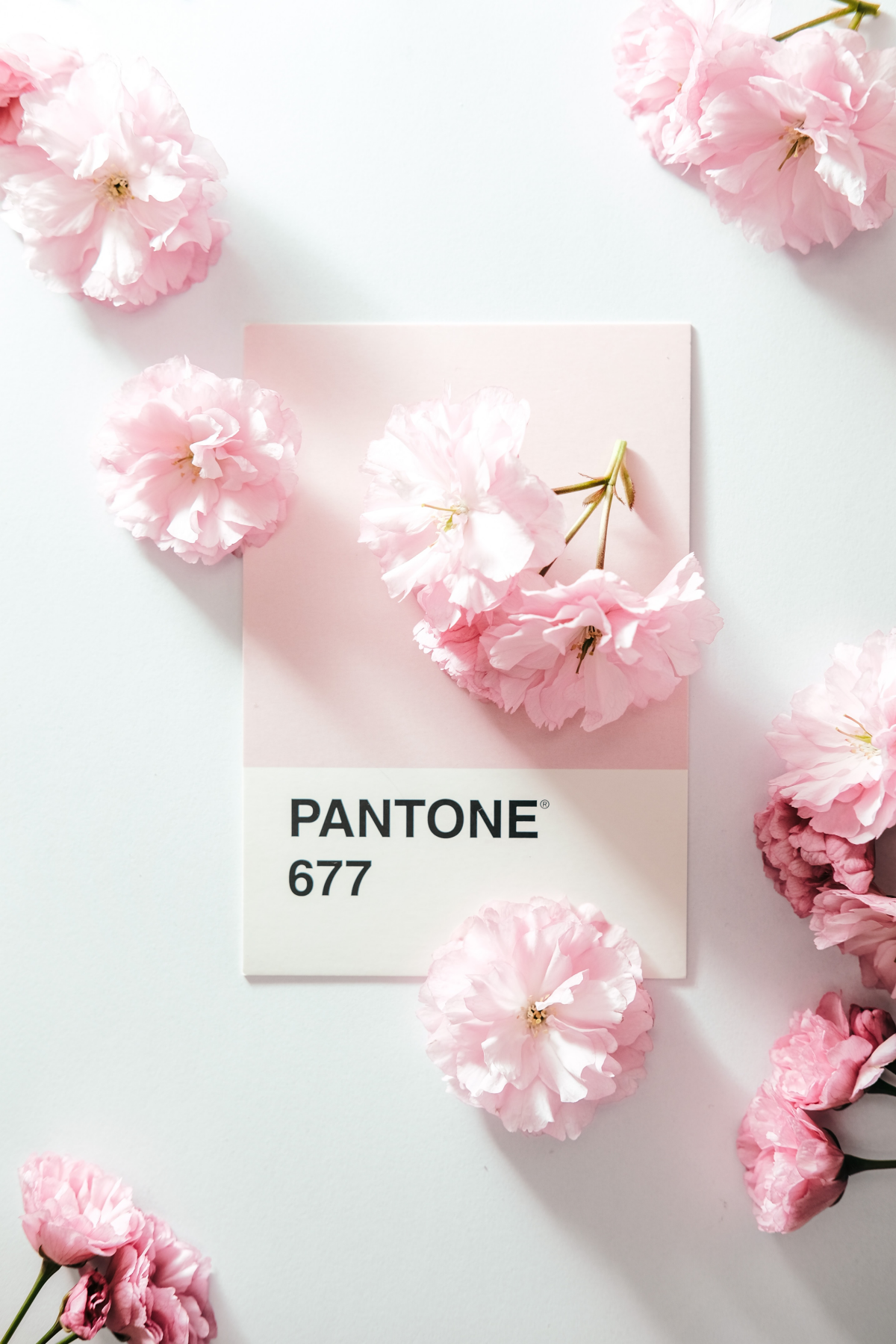
Soil Can Literally Change a Flower’s Color
Your soil isn’t just mud; it’s a living chemistry set. The most famous example of this is the Bigleaf Hydrangea. In acidic soil (a pH below 6.0), the plant can access aluminum in the ground, which turns the flowers a lovely shade of blue. But in alkaline soil (a pH above 7.0), that aluminum gets locked up, and the flowers turn pink or even red.
So, what if you have your heart set on pink hydrangeas but your soil is making them blue? I’ve been there. The trick is to raise the soil’s pH. You can do this by working dolomitic lime into the soil around the plant in the spring and fall. Good to know: You can find out your soil’s pH with a simple, cheap soil test kit. They run about $10-$15 at any garden center or Home Depot, and they save you a ton of guesswork.
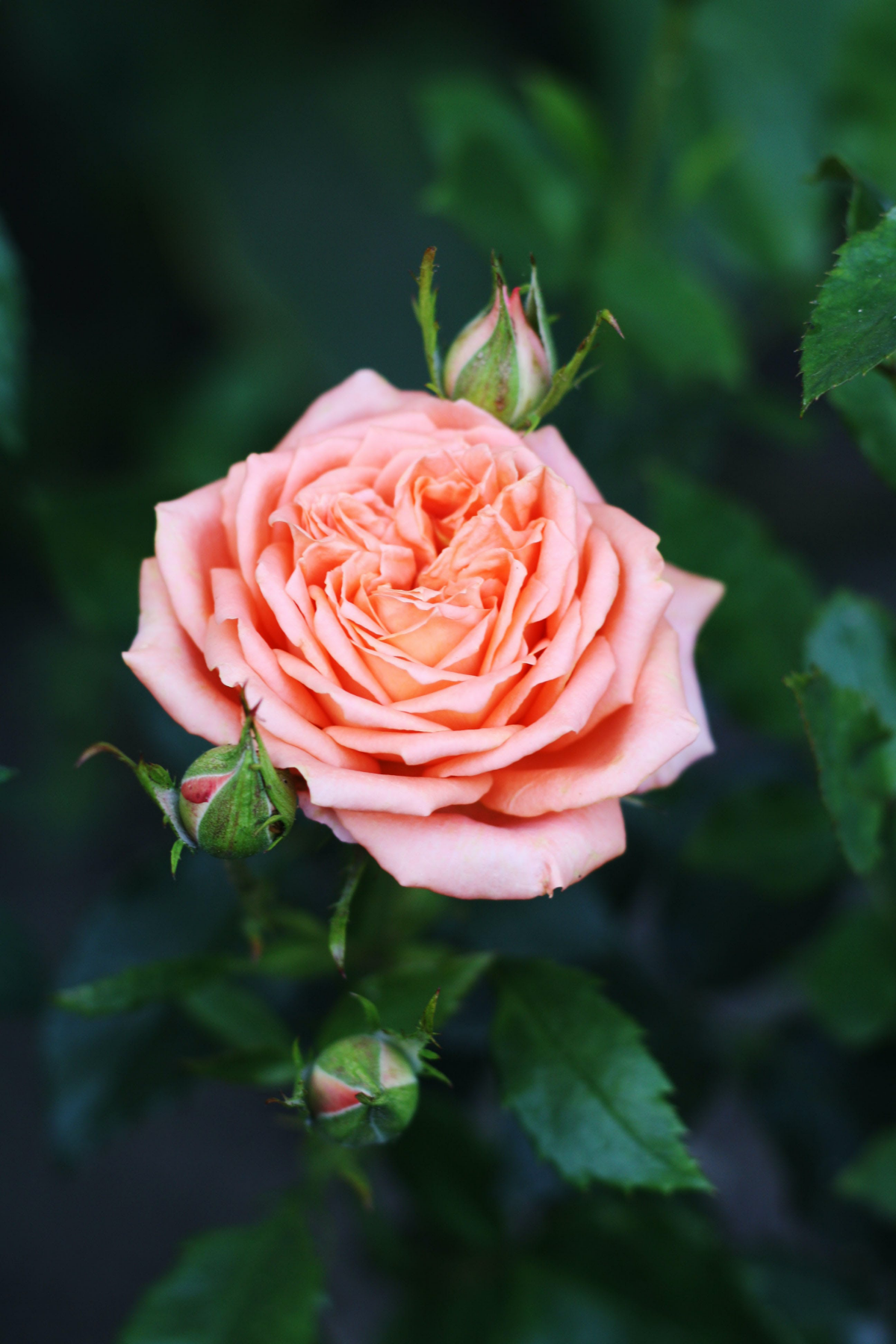
My Go-To Plants for a Pink Paradise
Over the years, I’ve developed a list of reliable, beautiful pink-flowering plants that I turn to again and again. Here are some of my favorites, along with the real-world lessons I’ve learned from growing them.
Roses: The Heart of the Garden
You can’t have a romantic garden without roses. But please, don’t just grab any old plant labeled ‘Pink Rose.’ It pays to know what you’re getting.
- For incredible fragrance, English roses are divine, but be warned: they can be divas about black spot in humid weather.
- For perfect cutting flowers, Hybrid Teas are the classic choice, but their growth can be a bit awkward and leggy on their own.
- For a low-maintenance workhorse, I often recommend Shrub Roses like ‘The Fairy.’ It blooms its heart out all season with very little fuss from you.
A quick tip on buying: You can find a decent potted shrub rose for $25-$35 at a big box store. For a more specialized English or Hybrid Tea variety from a dedicated nursery, expect to pay closer to $40-$60. They’re an investment, but a good one.
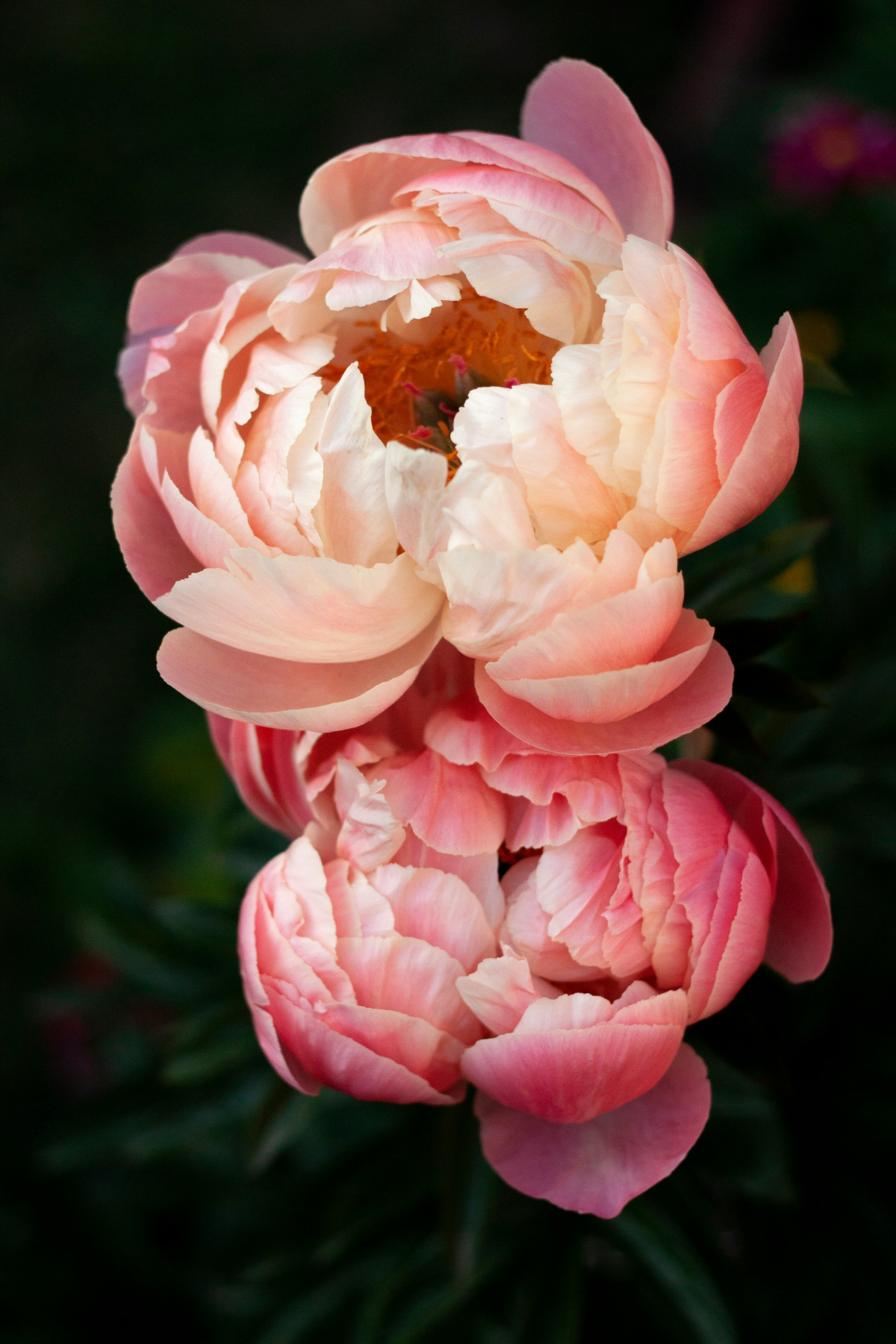
Peonies: The Soul of the Garden
Oh, peonies. Those big, fluffy blooms are just spectacular. But they are famously picky about one thing: how deep you plant them. I’ll never forget seeing a gorgeous row of peony foliage that, after five years, had never produced a single flower. The problem? The owner had planted them way too deep.
Heads up! The little pink ‘eyes’ or buds on a peony root should be no more than 2 inches below the soil surface. Any deeper, and you’ll get lush leaves but no flowers. It’s the most common mistake people make.
To save money: Look for bare-root peonies in the fall. They are way cheaper than the big potted plants you see in spring, often running just $15-$30 online or in catalogs. Plant them at the right depth, and you’ll be rewarded with a lifetime of blooms.
Foxgloves: For a Touch of Drama
Foxgloves add that essential vertical element—the spires that draw your eye upward and give the garden a whimsical, fairytale vibe. But this one comes with a serious warning.
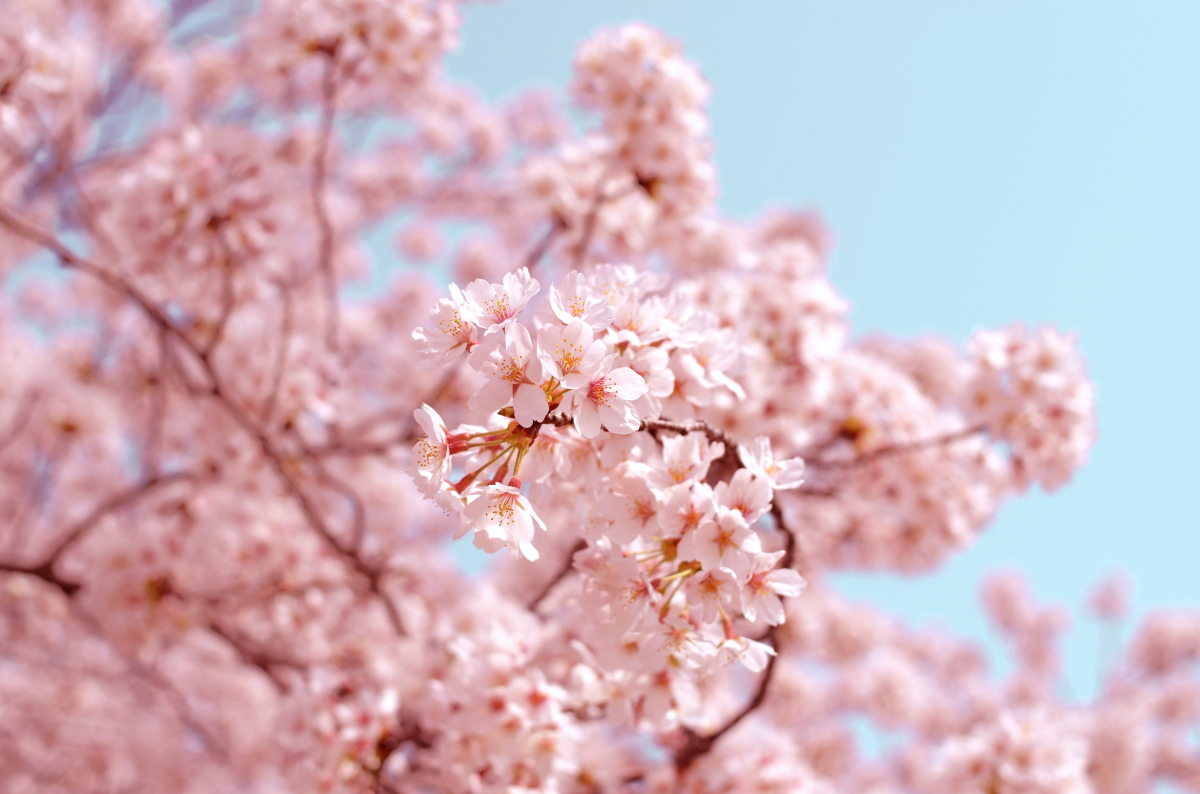
SAFETY FIRST: All parts of the foxglove plant are highly toxic if ingested. I never, ever plant them in gardens where small children or curious pets play. It’s just not worth the risk. Always wear gloves when you handle them, and wash your hands well afterward.
By the way, most common foxgloves are biennial, meaning they have a two-year lifecycle. To get flowers every year, you need to plant new ones for two years in a row. After that, they’ll likely self-seed and create a beautiful, natural-looking colony on their own.
Dianthus: The Overlooked Workhorse
Often called ‘pinks,’ these little guys are fantastic. They form neat mats of silvery-blue foliage and produce tons of frilly flowers, many with an amazing spicy, clove-like scent. Their number one requirement? Excellent drainage. They absolutely hate having wet feet.
A common mistake is planting them in heavy clay soil where they rot over the winter. To avoid this, I always amend the soil. A good rule of thumb is to mix about 1 part horticultural grit or paver base with 3 parts of your existing soil to make sure water drains away quickly. A small pot of Dianthus usually costs less than $10, so they’re a great, budget-friendly choice for the front of the border.
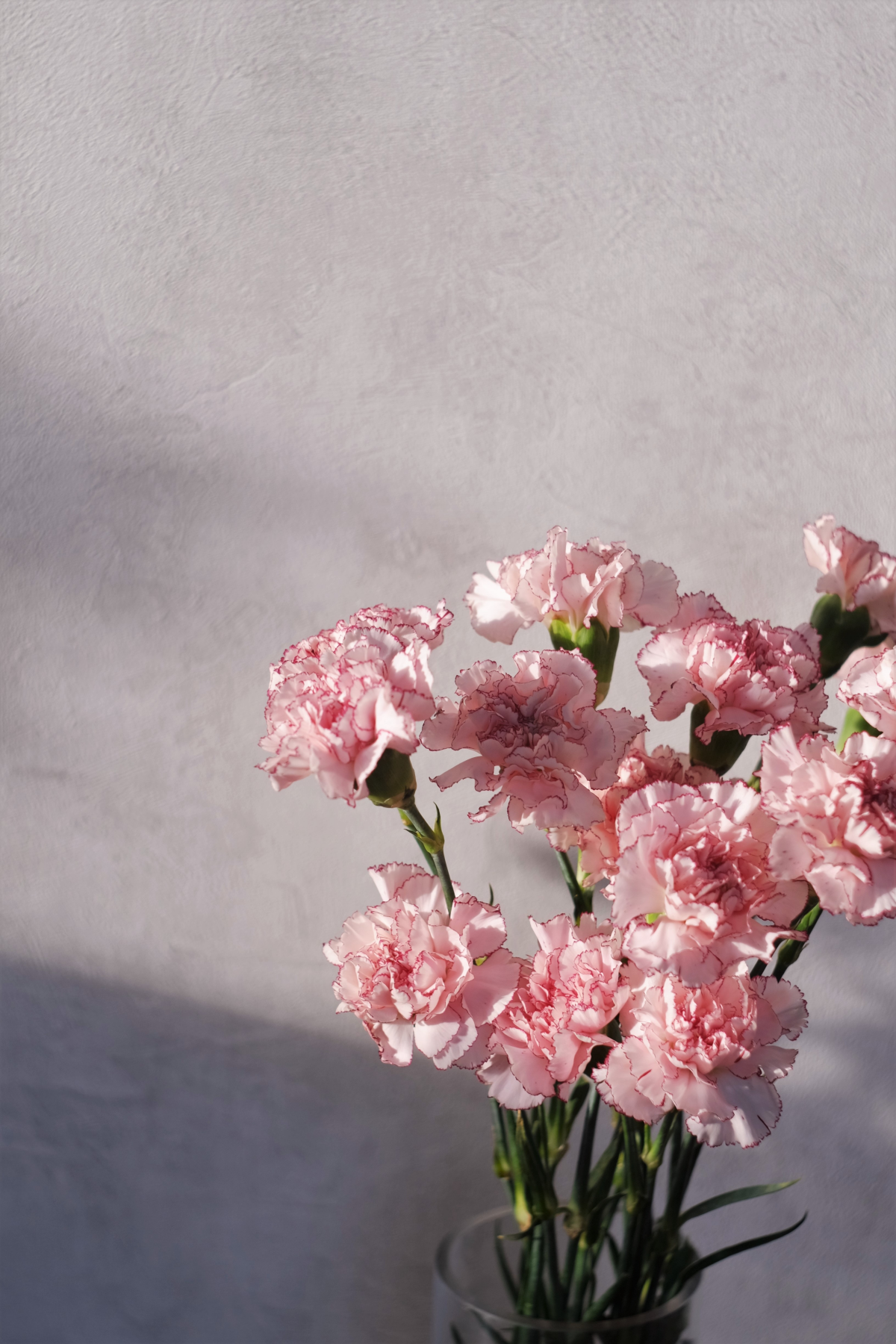
Fuchsia: For Shady Spots and Baskets
With their dangling, ballerina-like flowers, fuchsias are perfect for hanging baskets and containers in shadier spots. They’re also a total hummingbird magnet. In most climates, they’re treated as annuals. However, there are hardy varieties that can survive the winter in the ground in milder zones.
Not sure what your climate zone is? Just google “USDA Plant Hardiness Zone Map” and enter your zip code. It’s an essential tool for any gardener!
Putting It All Together: Easy Pink Pairings
Okay, you’ve got your plants. Now for the fun part! A garden with only one shape of flower can feel a bit flat. The magic is in mixing forms, textures, and colors.
I love combining the tall spires of a foxglove or salvia with the soft, mounded shape of a peony or geranium. Then, you can weave in airy plants like Gaura (often called ‘Whirling Butterflies’) to soften the edges and add movement. But if you’re feeling overwhelmed, don’t worry. Here are a couple of no-fail recipes to get you started.
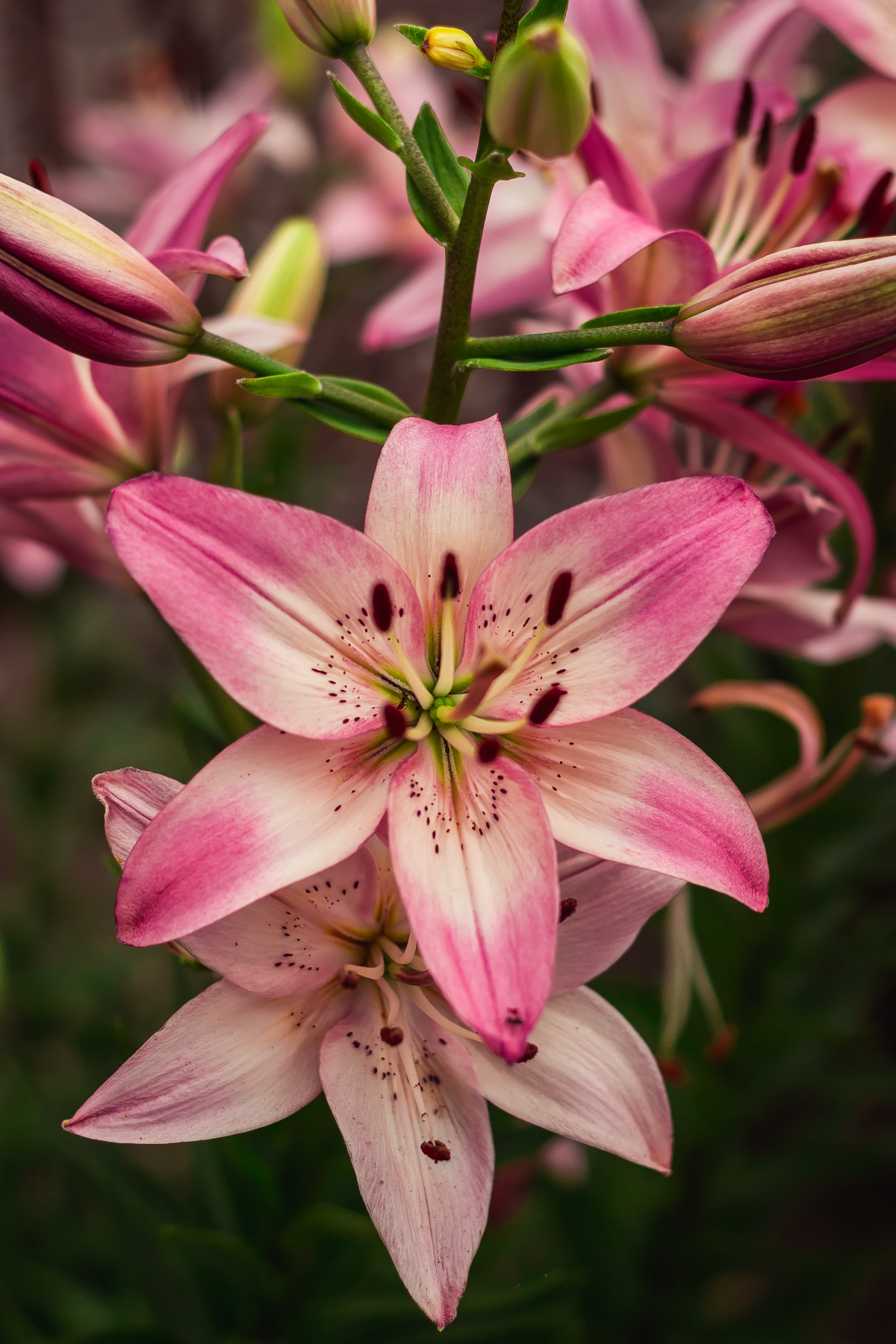
- Cool & Calm Combo: For a sophisticated look, plant a classic pink Peony behind some deep blue Salvia ‘May Night’ and then edge the border with the fuzzy, silver leaves of Lamb’s Ear. The silver foliage makes the pink and blue pop.
- Hot & Sunny Combo: For a burst of energy, combine a warm, coral-pink Zinnia with the vibrant, lime-green leaves of a sweet potato vine in a big pot. It’s simple, cheerful, and loves the sun.
A Beginner’s First Pink Border (for a sunny spot!)
Want a simple shopping list? Here’s a gorgeous, easy-care combo that will look great from late spring through fall.
- 1 ‘The Fairy’ Rose (for season-long mounded blooms) – approx. $30
- 3 ‘Firewitch’ Dianthus (for the front edge) – approx. $24 total
- 5 ‘Stargazer’ Lily Bulbs (for mid-summer drama and scent) – approx. $15 total
For around $70, you get a beautiful, fragrant garden bed that comes back year after year. Not bad, right?
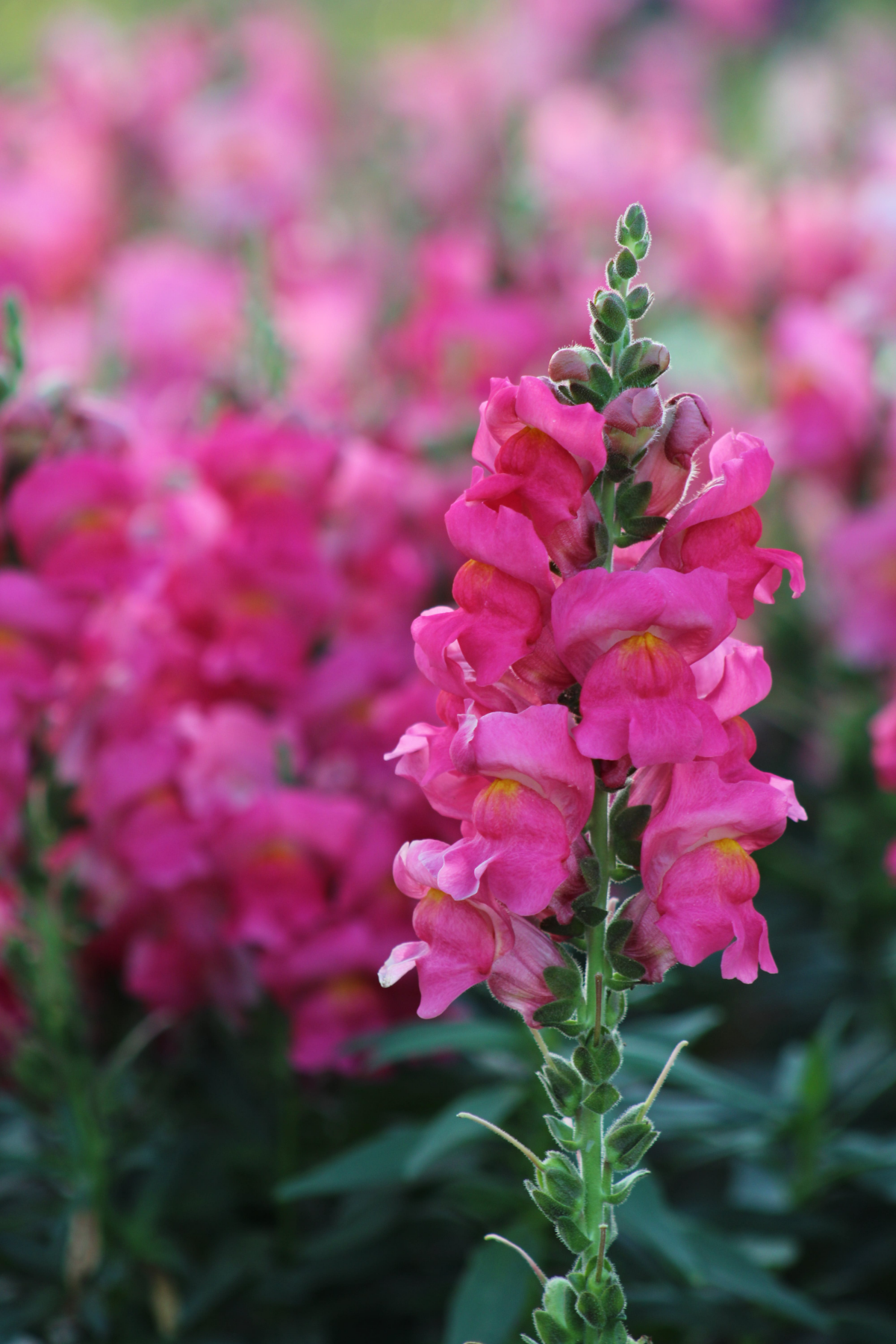
The Real Secret: Long-Term Love
A garden is never really ‘finished.’ It’s a living, breathing thing that needs a little bit of ongoing care. The biggest tip I can give you is to water deeply and less often. A long, slow soak once or twice a week encourages deep, strong roots, which is much better than a quick sprinkle every day.
And remember to feed your soil, not just your plants. Mixing in a few inches of compost before you plant is the best gift you can give your garden. It sets the stage for healthy, happy plants for years to come.
Building a garden is a journey. There will be triumphs and there will be… learning experiences. (I still have them!) But the real joy is in the process—in watching things grow and knowing you’ve created a little patch of beauty in the world. So get out there and get your hands dirty.
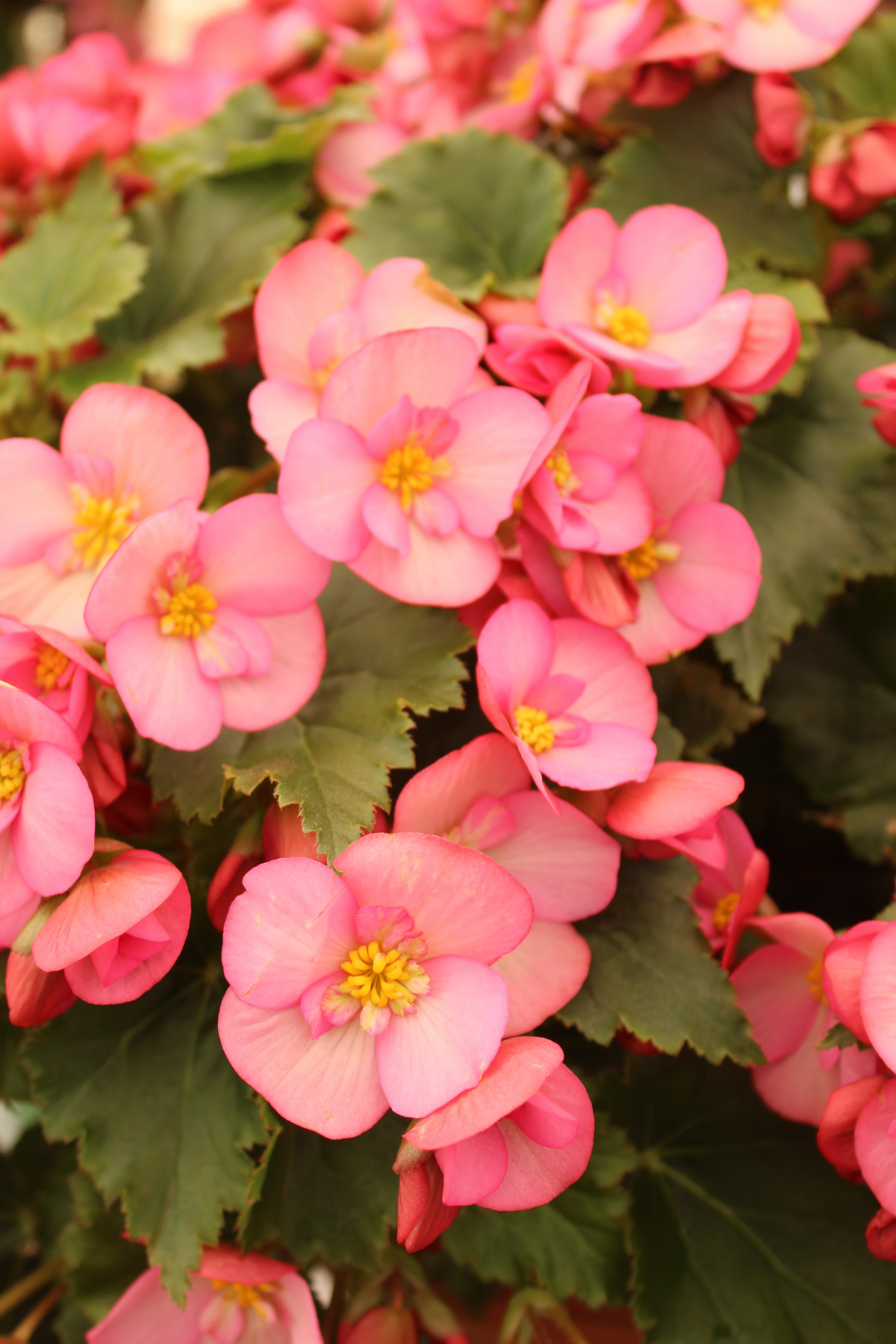
Galerie d’inspiration
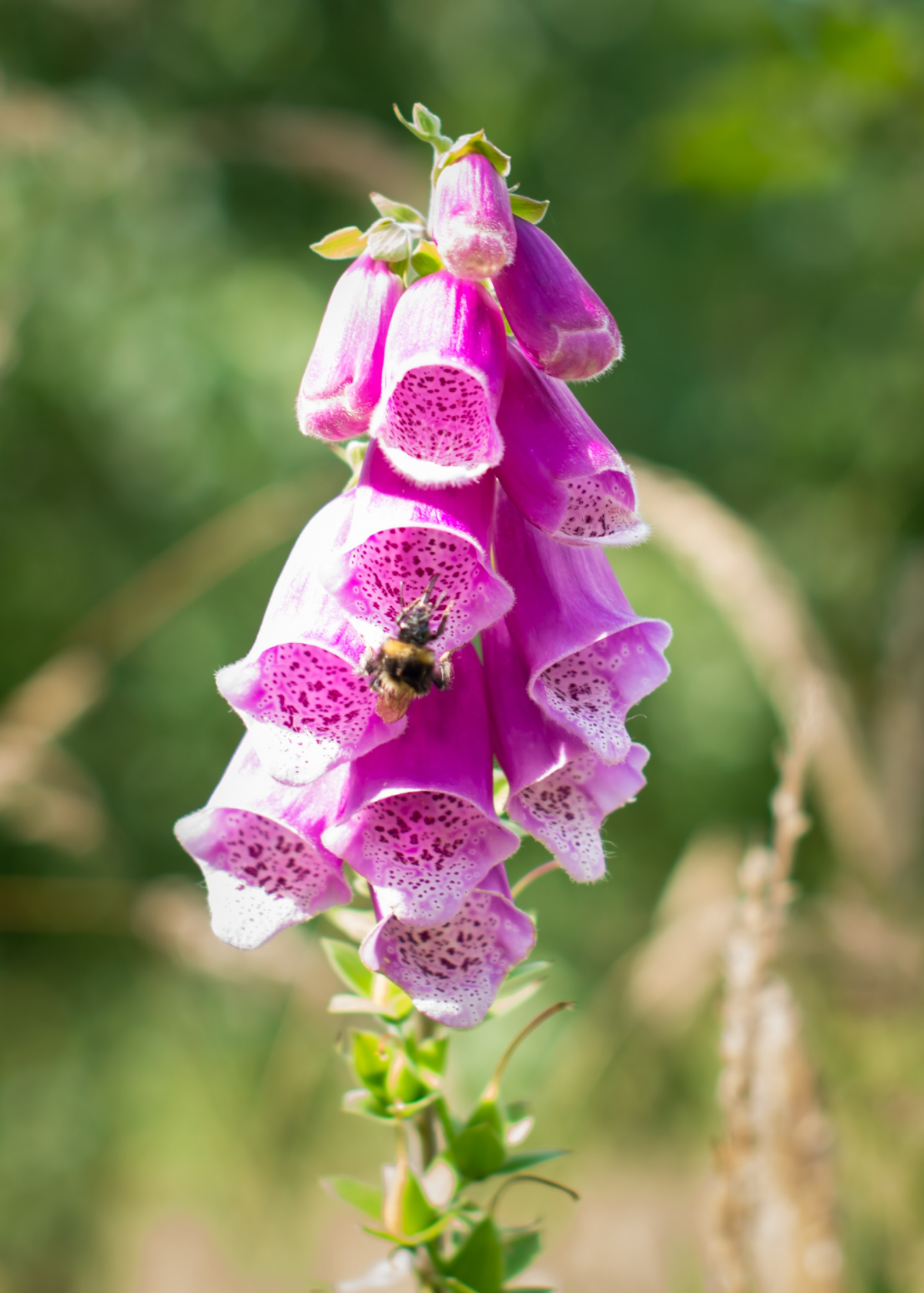
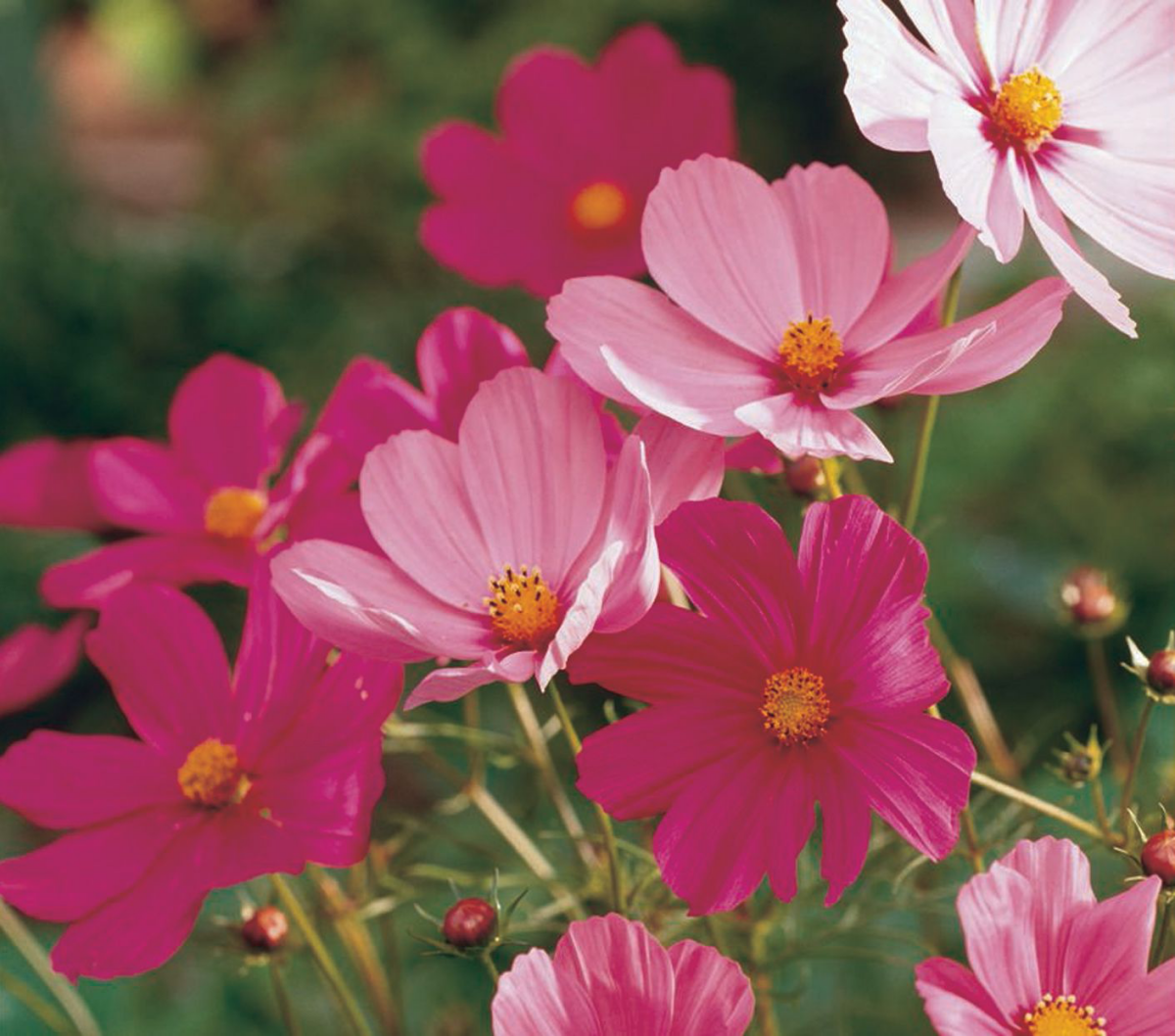
- A sweet, clove-like perfume that drifts on the summer air.
- A classic, heady rose fragrance perfect for cutting.
- A light, honeyed scent that attracts pollinators.
The secret? Choosing your pinks by nose, not just by eye. Combine fragrant ‘Charles de Mills’ old garden roses with spicy-scented Dianthus ‘Passion’ and bee-magnet Phlox paniculata ‘Eva Cullum’ for a garden that delights all the senses.
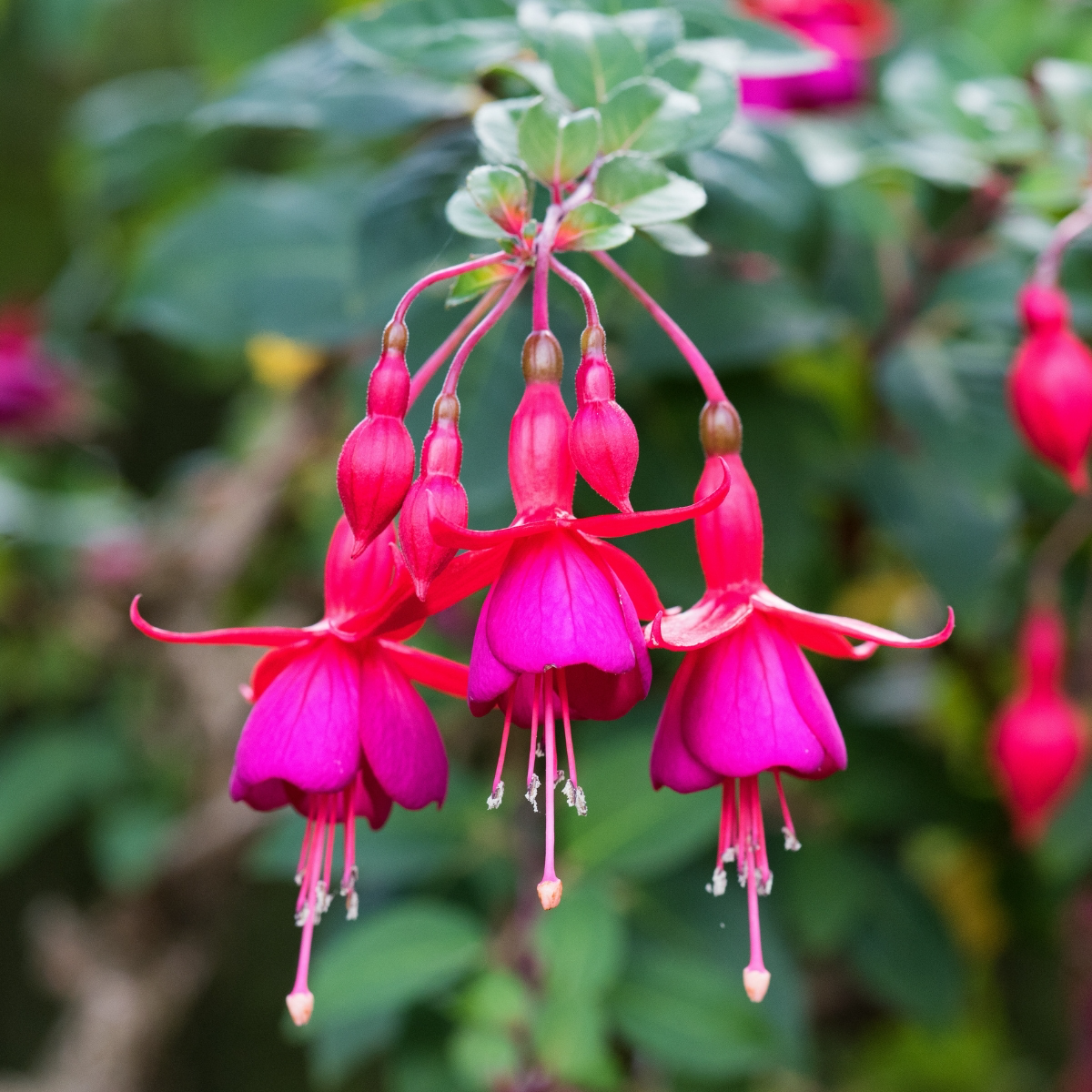
For the most vibrant, long-lasting pinks, the magic is in the soil. Before planting, consider amending your garden beds to give your flowers the best possible start.
- For heavy clay soil, incorporate a good quality compost like Black Kow to improve drainage and add nutrients.
- For sandy soils that drain too quickly, mixing in peat moss or a soil conditioner like Espoma Organic Land & Sea Gourmet Compost will help retain essential moisture.
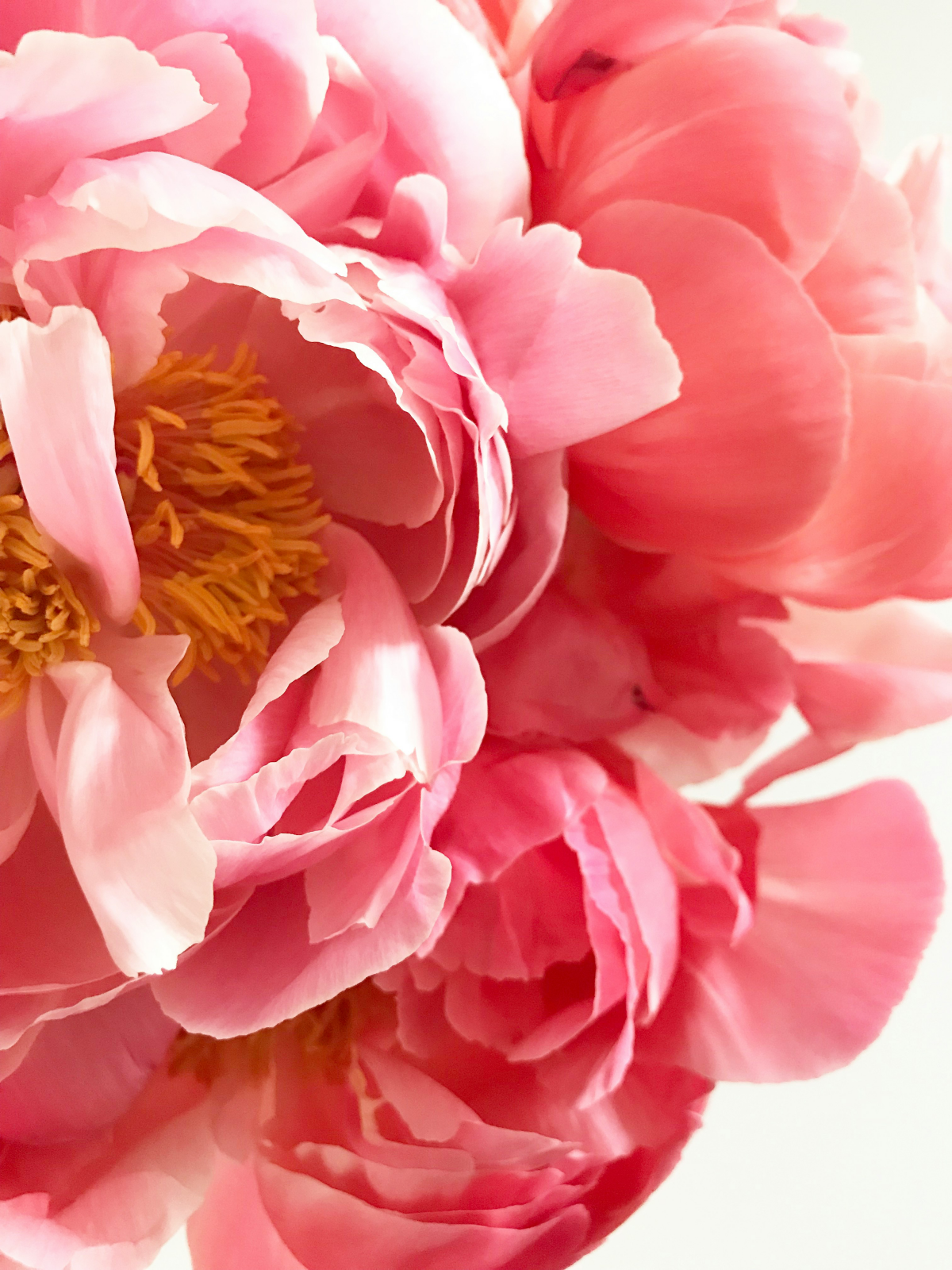
Did you know that the specific shade of a Hydrangea flower is a direct dialogue with the soil’s pH? Acidic soil (low pH) produces blue blooms, while alkaline soil (high pH) encourages pink and red hues.
To get that perfect clear pink from your Bigleaf Hydrangeas (H. macrophylla), you may need to gently raise the soil’s pH. A light application of garden lime in the spring is often all it takes to shift the color from mauve or purple to a beautiful, true pink.
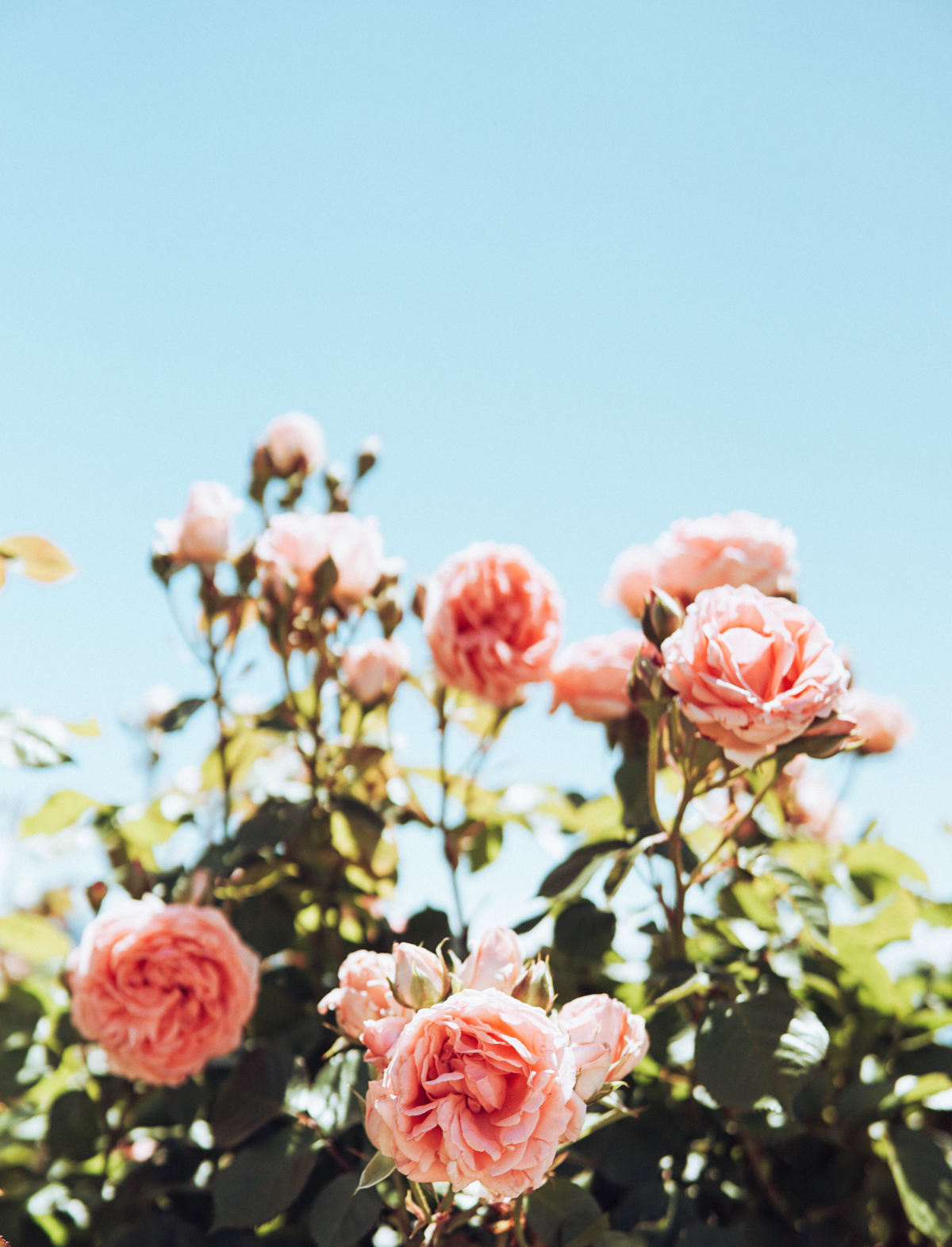
A common mistake: Creating a
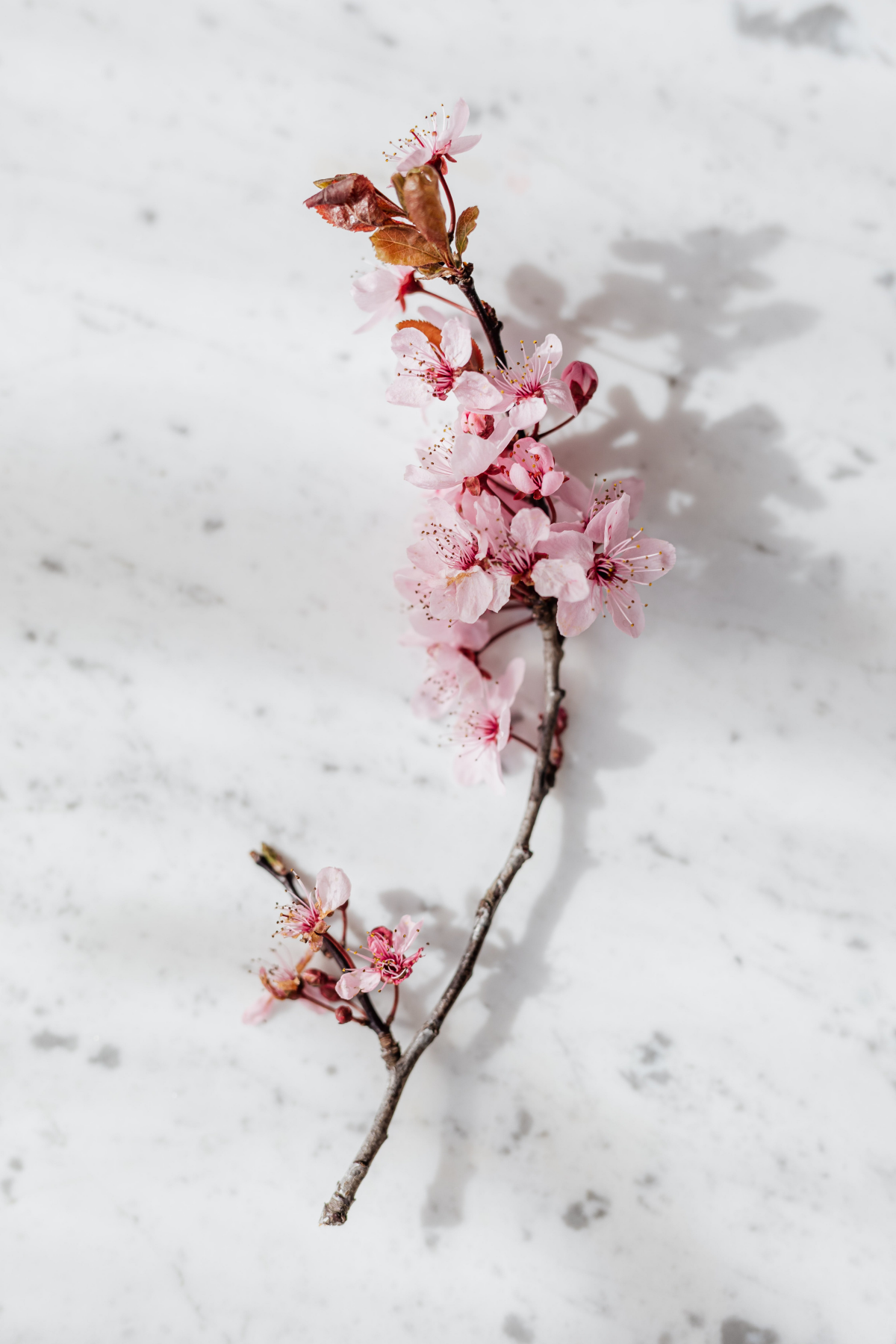
Creating a lush pink garden doesn’t have to break the bank. Instead of buying dozens of mature perennials, start with annuals grown from seed. A single packet of ‘Sensation’ Cosmos or ‘Peppermint Stick’ Zinnia seeds can fill a large area with joyful color for just a few dollars. They grow quickly, bloom profusely all summer, and are perfect for filling gaps while your slower-growing shrubs and perennials get established.
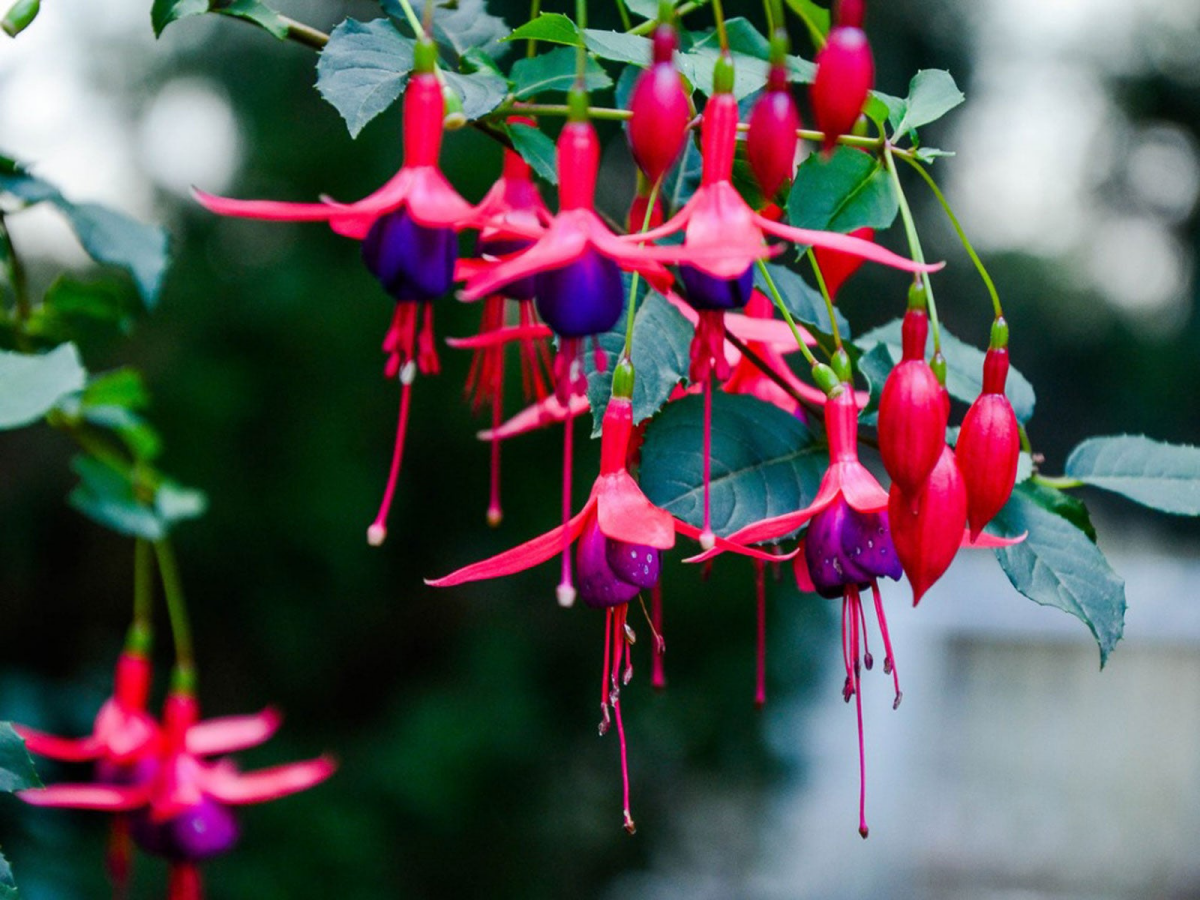
Is an all-pink garden a bit… dated or old-fashioned?
Quite the opposite! The new wave of garden design, often dubbed the
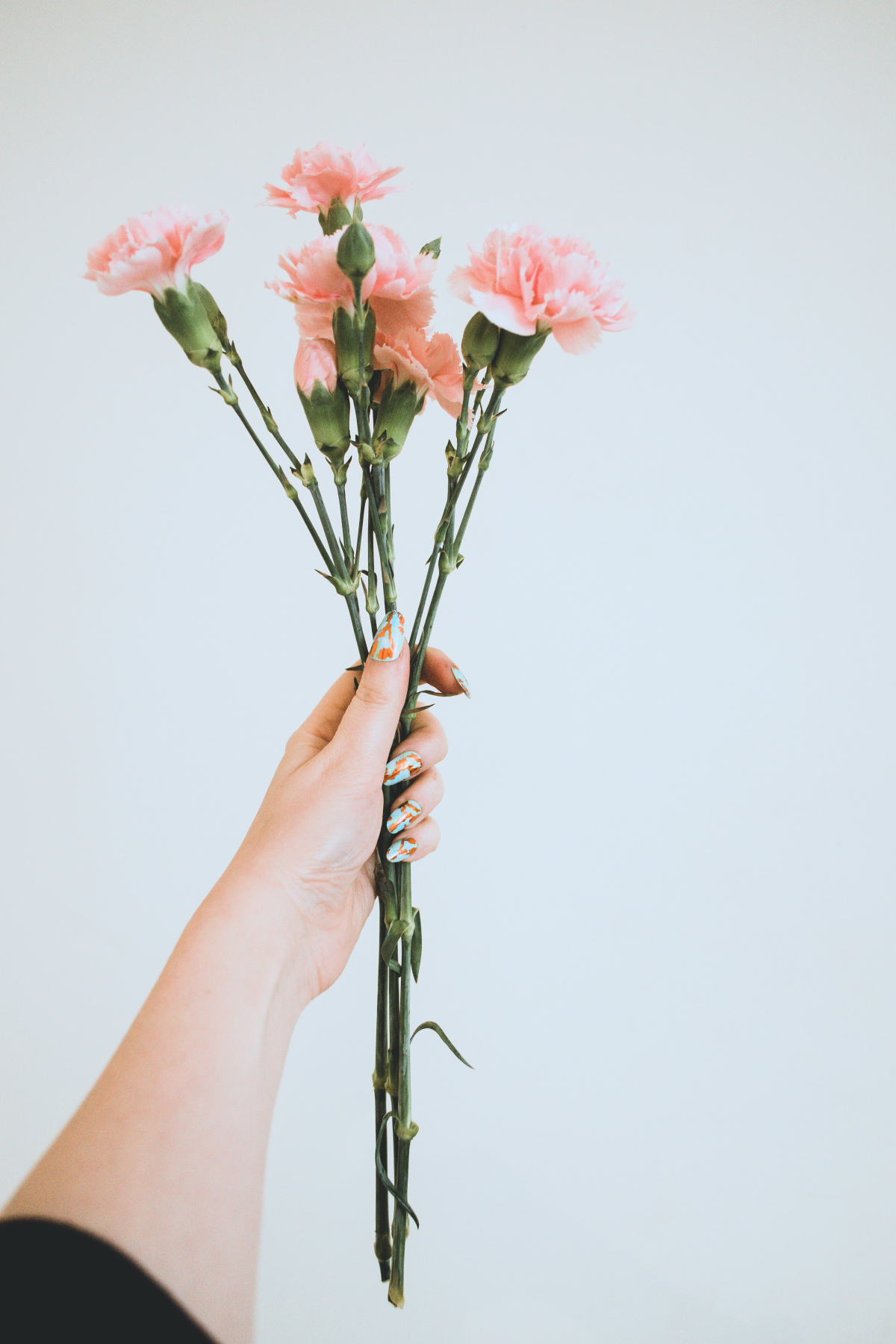
For dramatic contrast in shade: The ‘Pink Splash’ Caladium offers large, heart-shaped leaves speckled with vibrant fuchsia, creating a tropical, bold statement that lights up dark corners.
For delicate texture in sun: The ‘Pink Chablis’ Lamium (Dead Nettle) is a tough groundcover with silvery leaves edged in green, producing small pink flowers that are beloved by bees.
Both provide stunning pink tones without relying on a single flower.
The Royal Horticultural Society notes that single and semi-double flowers are generally more beneficial for pollinators than highly cultivated double flowers.
While a frilly pink peony is gorgeous, its dense petals can make it hard for bees to access the pollen. To support wildlife, be sure to include simpler pink blooms like wild geranium (Geranium maculatum), single-petal roses like ‘American Pillar’, or bright pink coneflowers (Echinacea).










